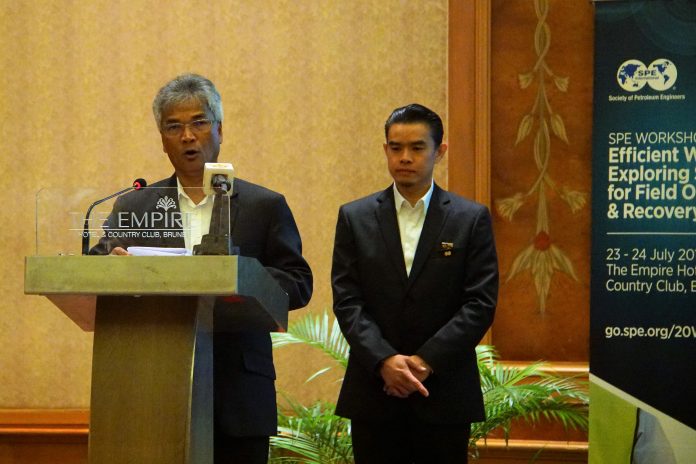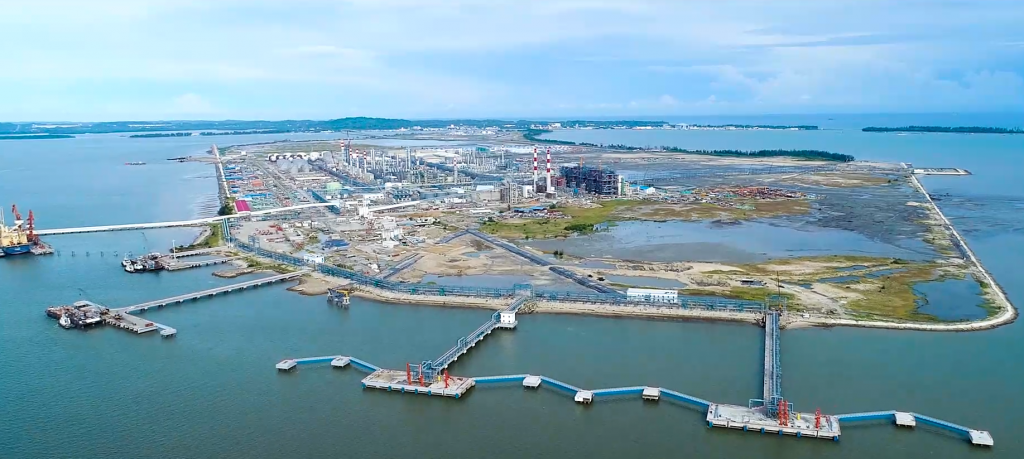
Brunei’s oil and gas industry is expected to hire 15,000 more people over the next few years with $20 billion in investment into downstream projects including a petrochemical refinery and fertilizer plant.
Deputy Minister of Energy, Manpower and Industry Dato Seri Paduka Awg Hj Matsatejo Sokiaw said that the first phase Hengyi Industries’ oil refinery and petrochemical plant at Pulau Muara Besar (PMB) has recently completed construction.
Hengyi’s plant will be able to refine up to 165,000 barrels per day (bpd), with a planned second phase increasing refining capacity to 500,000 bpd, bringing the project’s investment value to over $15 billion.
Another significant downstream project is the $1.8 billion ammonia and urea plant producing industrial fertilizer in Sg Liang which is slated to be completed in 2021. At full scale, both refinery and fertilizer plants are expected to be amongst the biggest of their kind in Southeast Asia.
“Currently, the oil and gas sector is employing around 20,000 people,” said MEMI’s deputy minister during at the opening the waterflooding workshop organised by the Society of Petroleum Engineers which focused on the use of water injections to increase oil extraction at existing wells.
“With the growth in the upstream and particularly the downstream and service sector, during operation phase-only, we would need another 15,000 people in the next few years.”

The deputy minister urged companies to give the “highest priority” to the development of Bruneians in the industry, while encouraging local youth to leverage digital technology and innovation to be competitive.
He added that local and international training organisations were encouraged to set up in Brunei to train the industry’s expanding workforce.
Meanwhile in the upstream sector, Brunei is embarking on drilling for oil and gas more than 2,000 metres underwater, while also focusing on deploying advanced recovery to extract remaining hydrocarbons in older assets.
“Brunei is celebrating 90 years of discovery of oil, and the first few discovered fields are still producing today. Inevitably, the secondary and tertiary enhanced recovery plays an important role to produce the remaining hydrocarbon in the depleted reservoirs,” he said.
“We have also invested significant amount and efforts in developing waterflood projects in one of our biggest offshore fields.”
Brunei’s oil and gas industry accounts for over half of the nation’s GDP and more than 95% percent of its export. However oil production has steadily dropped from a high of 219,258 bpd in 2006 to around 100,000 bpd in the past two years.











